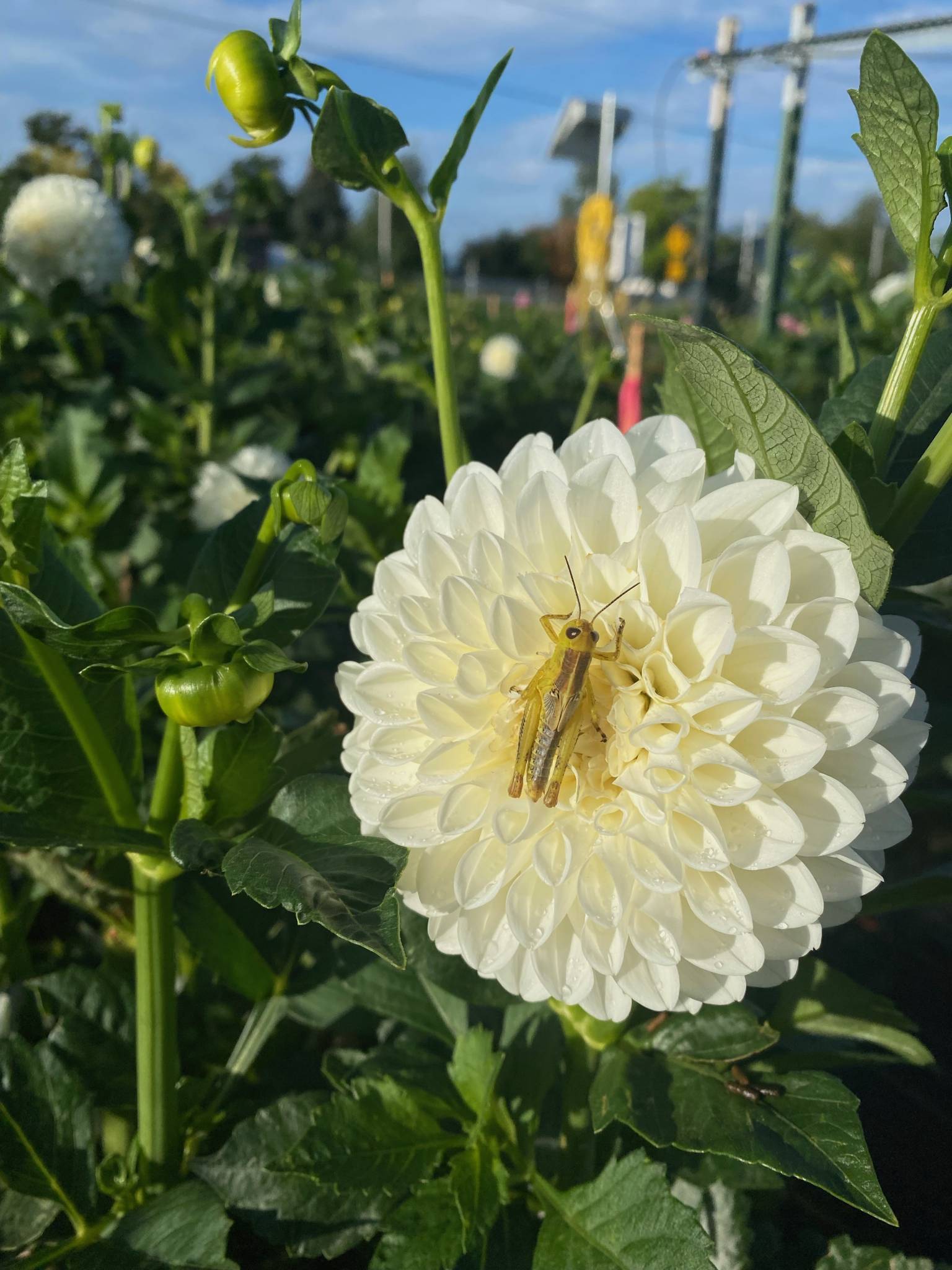USU Eastern Press Release
You probably haven’t forgotten about the overabundance of grasshoppers we had in Utah last year, specifically in urban and residential areas. Unfortunately, similar numbers are expected this year. Varying climate-related factors impact the numbers we will see.
Grasshoppers spend the winter as eggs in the soil, unaffected by cold air temperatures. The snowpack insulates them, keeps soils evenly moist and cool, and creates ideal conditions for egg survival. Then spring comes, and if it is warm and not too wet, it will allow for a successful egg hatch and the growth of nymphs.
Most grasshopper species in Utah produce one generation per year. After eggs hatch, grasshopper nymphs develop through five stages before becoming winged adults. Because there are multiple species and they develop at different times, a mix of nymphs and adults will likely be around all summer.
Grasshoppers feed on agronomic crops, rangeland plants, weeds, fruits, vegetables, and ornamental plants. Their chewing mandibles wreak havoc as they consume foliage, flowers, fruits, seed heads, and stems – essentially all above-ground plant parts. If populations are high enough, their feeding can lead to economic setbacks, and in previous years, farmers have reported severe economic loss due to grasshopper damage.
Consider these tips to help reduce growing grasshopper populations.
* Monitor now for nymphs as they feed in weedy areas along fence lines and roadsides. When this vegetation dries, they will move to farms and home gardens. The nymphal stage is the prime time for management as they are less mobile and more susceptible to treatment.
* Manage grasshoppers using insecticides in the form of concentrate sprays, dusts, or baits. Unfortunately, popular organic bait products containing the microsporidium fungus Nosema locustae (e.g. , NoLo Bait and Semaspore) are in short supply or unavailable in many places. Other bait products using active ingredients such as zeta-cypermethrin + bifenthrin, malathion, permethrin, and carbaryl are labeled for grasshopper use in home gardens. Consult your local garden center about what products are currently in stock and verify that the target crop and grasshoppers are listed on the label.
* Bar grasshoppers from small gardens by using row covers with insect netting or a lightweight spun-bond material. They can also be removed by hand (during early, cool mornings) and placed into soapy water. Natural predators such as birds, reptiles, mammals, and other arthropods feed on grasshoppers, but unfortunately, it is not usually enough to diminish damaging numbers. You will likely need to manage the pesky insects yourself.
For more information on grasshopper management, check out this fact sheet on grasshoppers, or see this video on grasshopper overview and management.

